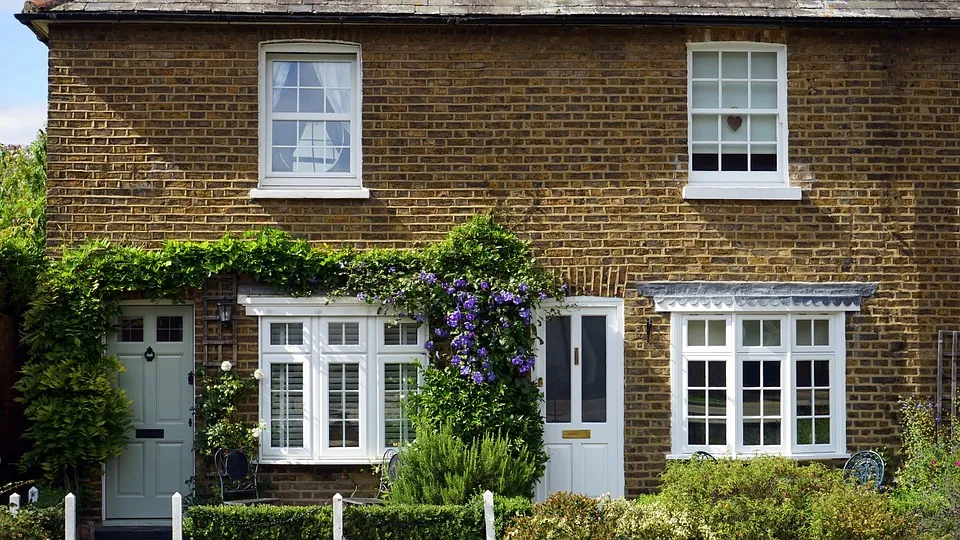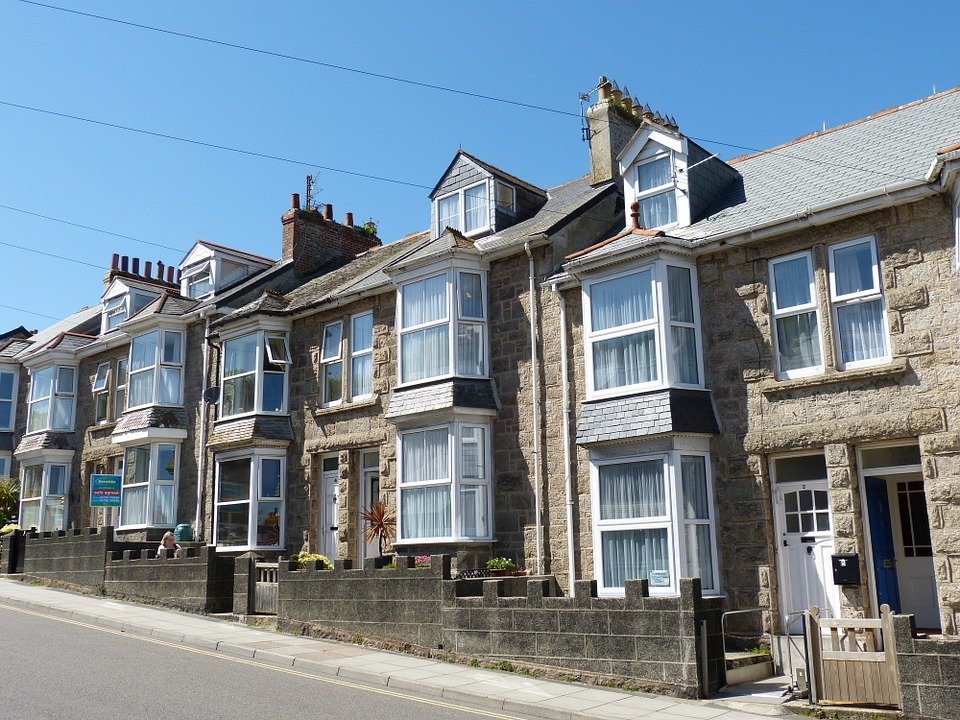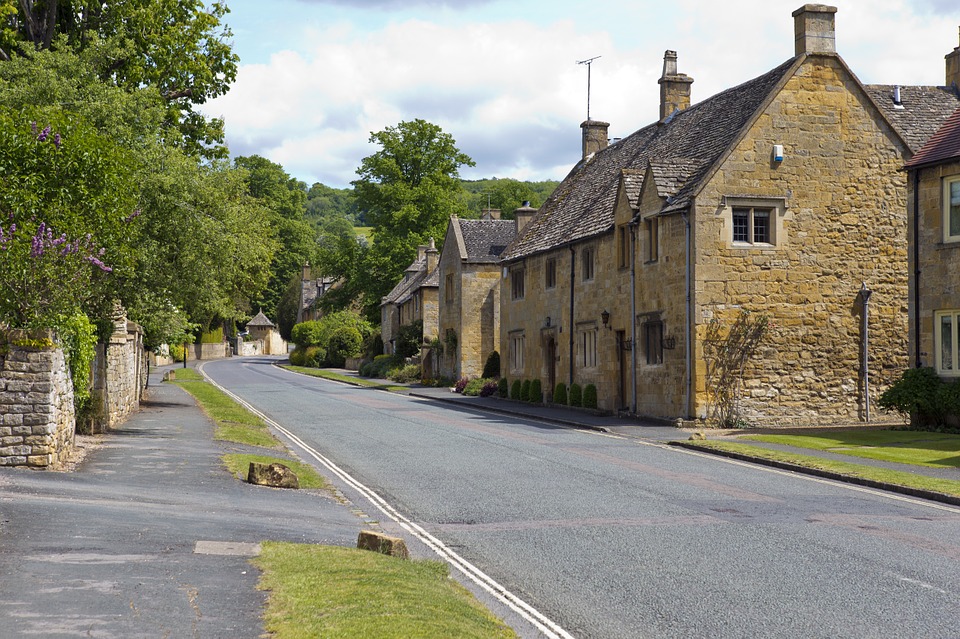The prime minister’s housing announcement last week will do little to boost the supply of much needed housing.
Boris Johnson, keen to repair his fortunes after a bruising Tory revolt against his leadership this week, unveiled plans to make it easier for people to buy their own home.
Johnson’s intention to extend Right to Buy and allow housing association tenants to buy their properties at a discounted price has provoked a mixed property industry reaction.
Get in touch with Mortgage Broker UK today to discuss your residential and Buy to Let Mortgage requirements.
Crucially, he scrapped a manifesto pledge to build 300,000 homes a year, which will almost certainly have a negative impact on the supply of much needed housing coming onto the market.
Eleanor Bateman, policy officer for Propertymark, said: “Sales and lettings agents do not have enough homes to meet demand from buyers or renters. What they needed to hear from the Prime Minister was more detail on how his government intends to ensure the planning system is geared up to boost new supply.
“The Prime Minister talked about unlocking small publicly-owned development sites, converting agricultural buildings and supporting self-build schemes – but these are simply not going to deliver the number of houses we need on the ground to cope with demand.
Read about the UK Housing Market via our Specialist Residential & Buy to Let Division
“Making it easier for people to save for a deposit or to get a mortgage as part of his Levelling Up agenda will have little value if there are not the houses available for them to buy.
“But it’s not just about ramping up building. We think more could be done to maintain the turnover of existing homes, such as incentivising right-sizing through targeted stamp duty exemptions, something that could be further facilitated through policies that deliver more suitable homes for older and disabled people.”
On the mortgage review, Nathan Emerson, Propertymark CEO, commented: “We welcome the Prime Minister’s promise to review the mortgage market, as with rising interests rates many first-time buyers and current homeowners will continue to need support to access finance.
Discover our Mortgage Broker services
“However, as well as reviewing lending options, the UK Government should consider what it can do to encourage sustainable routes to homeownership, such as extending the Help to Buy Equity Loan to the second-hand market and re-opening the Help to Buy ISA.
“Fundamentally, the UK Government must increase the supply of housing and incentivise movement in the housing market so that alongside access to finance, prospective purchasers have something to buy.”
By Marc Da Silva
Source: Property Industry Eye









